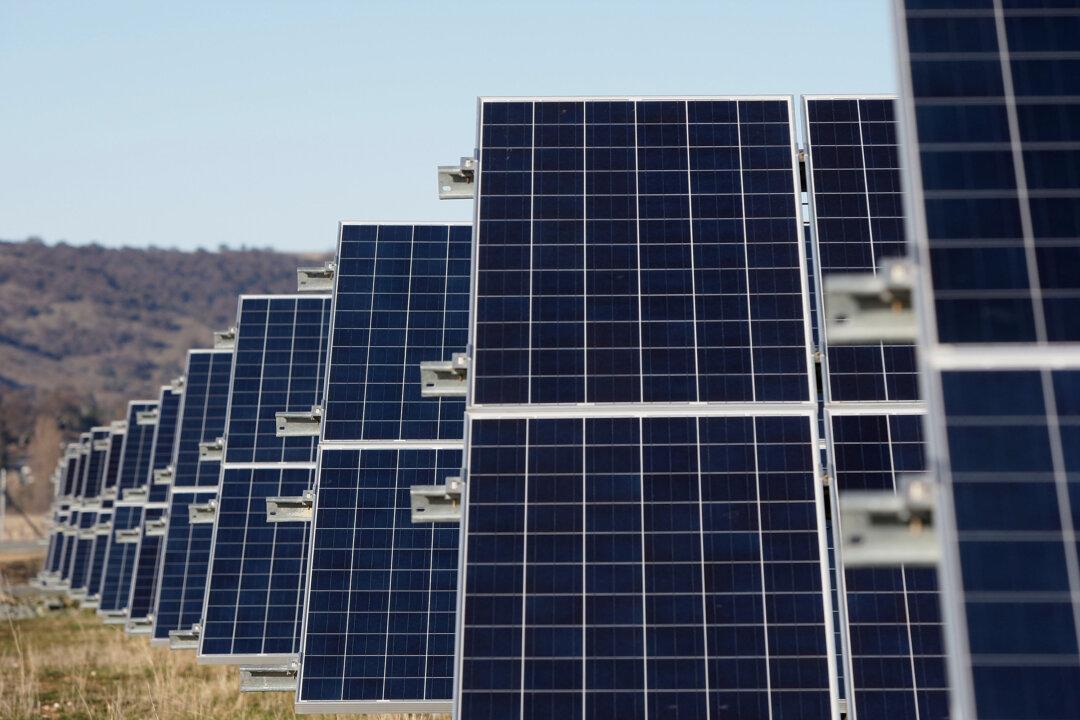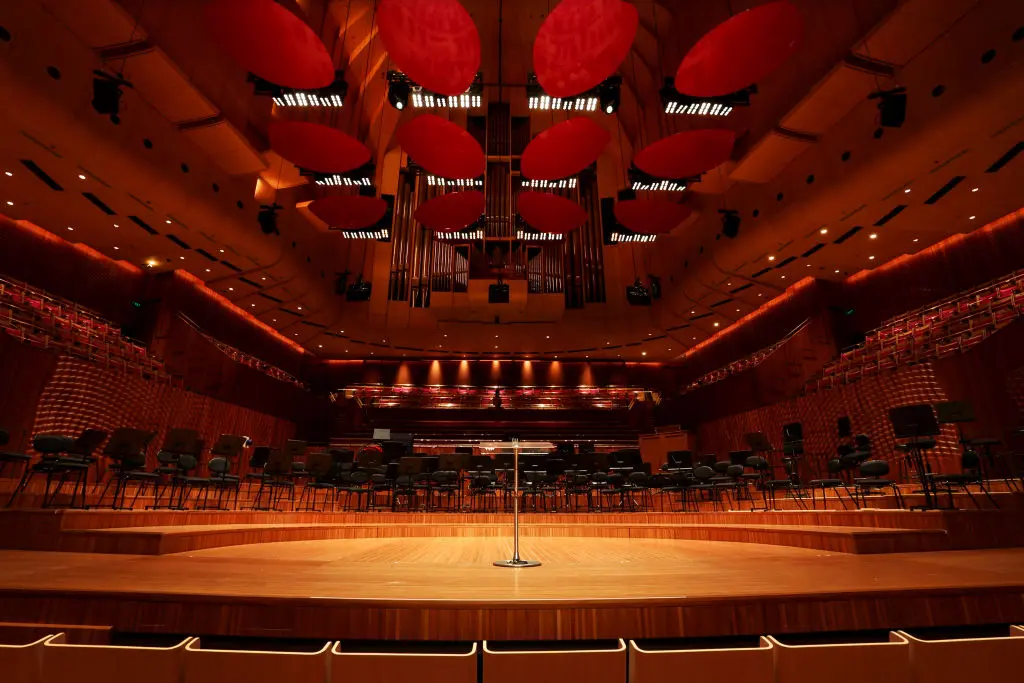A solar project designed to transmit power via a high-voltage, 4,300-kilometre cable between Australia and Singapore, passing through Indonesia waters, has been given the green light by Environment Minister Tanya Plibersek.
The SunCable Australia-Asia Power Link (AAPowerLink) is set to become the country’s largest solar farm and will be visible from space.





